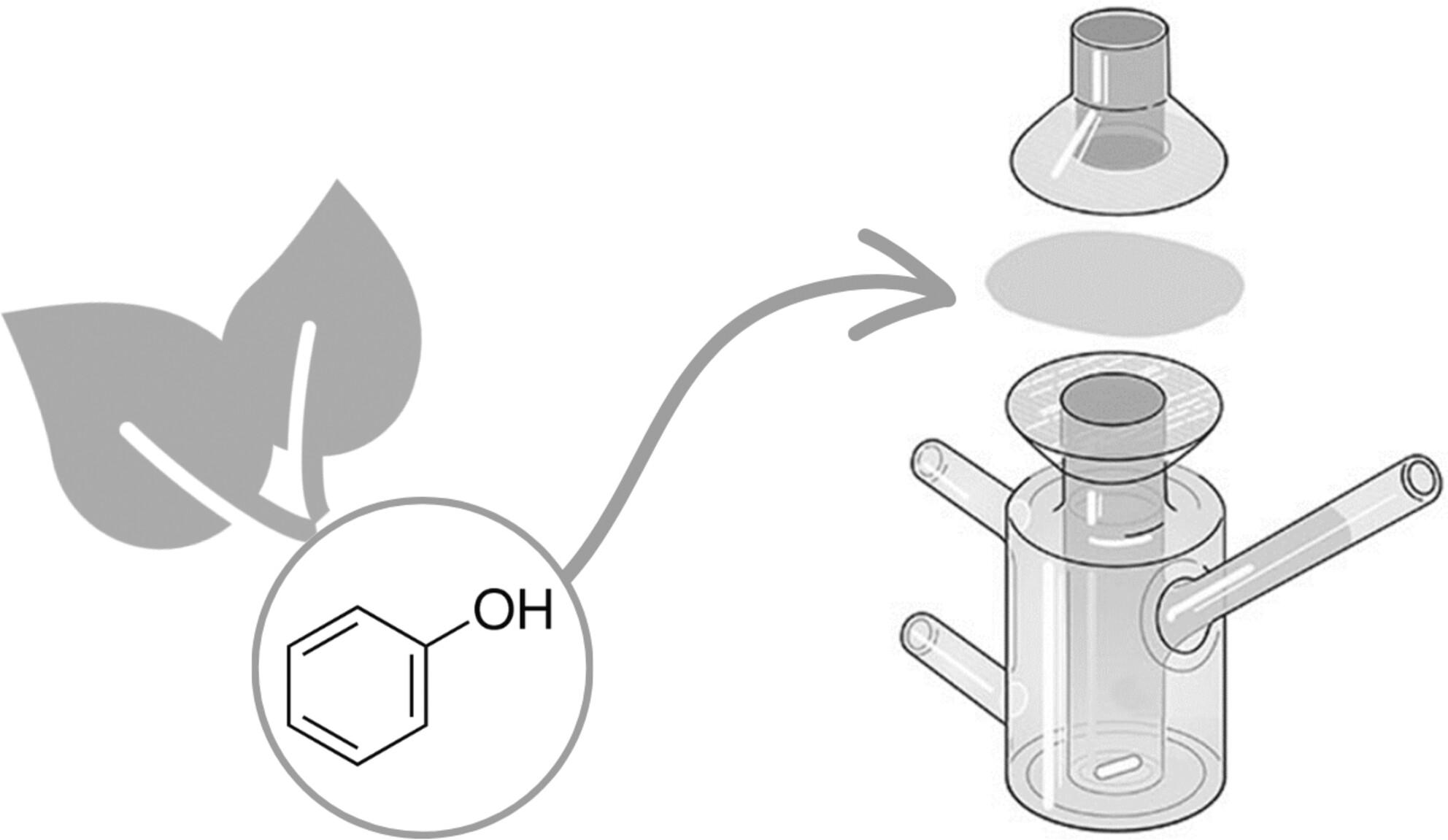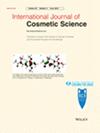Excessive skin exposure to deleterious environmental variables results in inflammation as well as molecular and cellular impairments that compromise its functionality, aesthetic qualities, and overall well-being. The implementation of topical administration of antioxidants and other compounds as a method for preventing or reversing damage is a rational approach. Numerous phenolic compounds derived from plants have demonstrated capabilities such as scavenging free radicals and promoting tissue healing. However, the primary obstacle lies in effectively delivering these compounds to the specific place on the skin, and accurately forecasting their diffusion through the skin can assist in determining the most effective tactics. Hence, this article provides a comprehensive analysis of recent literature pertaining to the in vitro skin diffusion characteristics of plant phenolics. The aim is to gain a deeper understanding of their behaviour when present in various forms such as solutions, suspensions, and formulations.
The data on plant extracts and isolated plant phenolic compounds in vitro skin diffusion assays published over the last six years were compiled and discussed.
Even though the gold standard Franz diffusion cell is the most commonly used in the assessment of in vitro plant phenolic skin diffusion profiles, a plethora of skin models and assay conditions are reported for a variety of compounds and extracts in different vehicles.
The presence of numerous models and vehicles poses a challenge in creating correlations among the existing data on plant phenolic compounds. However, it is possible to draw some general conclusions regarding molecular, vehicle, and skin characteristics based on the gathered information.




